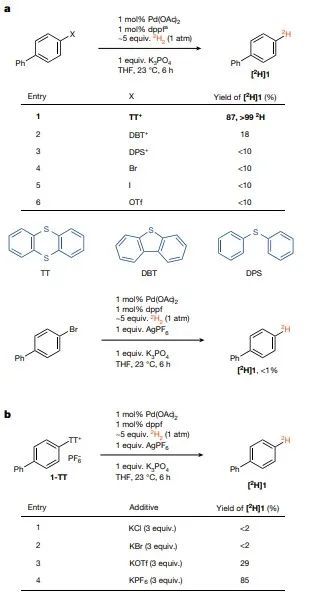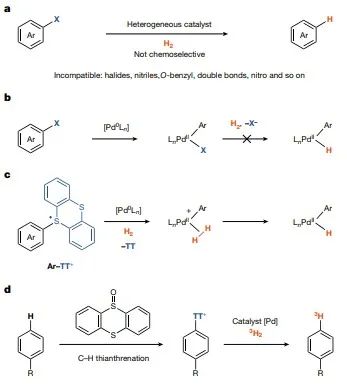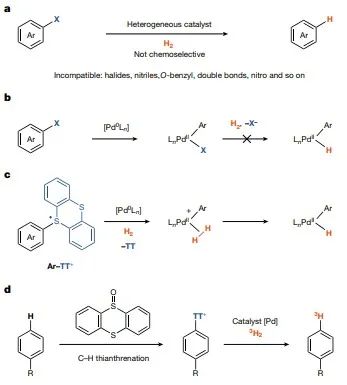Influence of catalyst
Since the raw material systems of polyester polyol and polyether polyol are different, there are differences in reaction performance, therefore, the choice of catalysts is not the same. For the one-step foaming process of polyester polyurethane, the catalysts usually used are N-ethylmorpholine, N-methylmorpholine, triethylenediamine, triethylamine, diethanolamine, etc. Catalysts are the main auxiliaries to regulate and control the chain growth reaction and foaming reaction, so the activity and concentration of catalysts have a direct effect on the foaming process and foam performance. For this reason, a variety of catalysts are often used together in the formulation. Usually, in the reaction system, the catalyst concentration increases, the reaction speed of the system increases, the maturation time is shortened, the foam pore size, density and compression modulus are reduced, but too much catalyst will lead to foam shrinkage and even cracking.
The viscosity of polyether polyol is low, and the one-step foaming process requires a catalyst with higher catalytic activity than the prepolymer method, which is the only way to effectively improve the gel strength of the foaming body and ensure that the foaming process is carried out normally. In polyether polyol systems, the catalysts usually used are compound catalyst systems of tertiary amines and organometallic compounds.
The tertiary amine catalysts strongly promote the reaction between -NCO-H2O, while the organotin-based catalysts have a more obvious ability to catalyze the reaction between -NCO-OH. The differences in the main catalytic functions of these two types of catalysts can be used to adjust the various types of reactions of the reaction system by adding them to the formulation in a certain proportion, which can prepare foam products with excellent loading performance, fine pore structure and high open pore rate.
The comparative data of typical catalysts on the reaction rate of phenyl isocyanate with butanol, water and diphenylurea in dioxane at 70°C are shown in Tables 6-8.

In the one-step preparation of polyurethane flexible foams, the main organotin-based catalysts used are stannous compounds, such as stannous octanoate instead of the traditionally used dibutyltin dilaurate. This is because dibutyltin dilaurate tends to accelerate the breaking of the ether bond in the polymer molecule when the system is heated, accelerating the thermal oxidative degradation of the foam, while usually in the production of flexible block foams, the exothermic reaction will cause the temperature inside the foam to exceed 120°C. If dibutyltin dilaurate is used as the catalyst, the foam service life will be reduced.
At a certain density, the loading capacity of the foam body can be regulated to some extent by the catalyst and its coordination, see Table 6-9.

An increase in the amount of stannous octanoate usually results in a fine open pore structure of the foam, but its use is too large, which increases the compression variation value of the foam, increases the closed pore rate, and even shrinkage. Therefore, the correct choice of catalyst, catalyst concentration and catalyst combination in the formulation is one of the key factors to prepare high quality foam structure and improve the performance of the foam body.
The general trend of the effect of tertiary amine catalyst and organotin catalyst and silicone surfactant dosage on the foam quality of the foam body is plotted in Figure 6-12. It can be seen from the figure that the amine and tin catalysts show different effects with the gradual increase of catalyst and silicone surfactant dosage in the arrow direction. The region between the BB line and the CC line segment is the region where the two catalysts and silicone surfactant can produce an accurate balance and a good foam structure. Between AA line and BB line segment, the foam body still has certain open pore structure and the foam body still has less defects, but if the amount of this catalyst and silicone surfactant exceeds AA line or CC line, the foam structure will have a large number of open pores (or closed pores) and will produce various quality problems such as string bubble, cracking and shrinkage.


